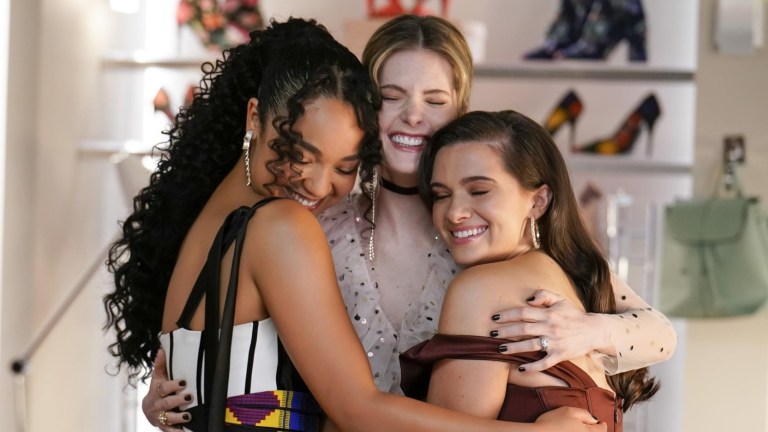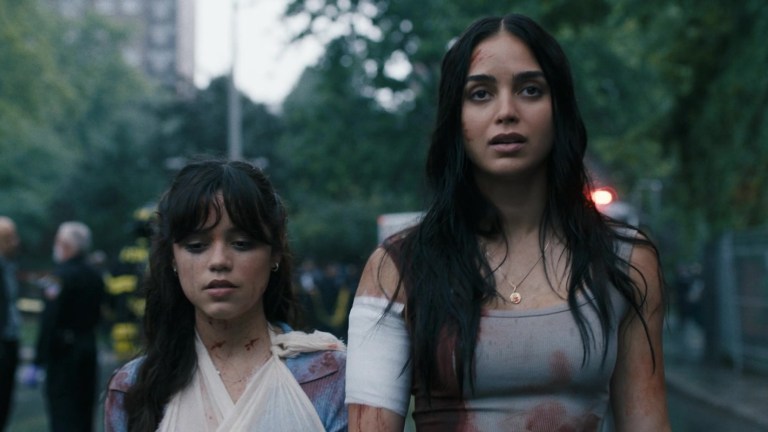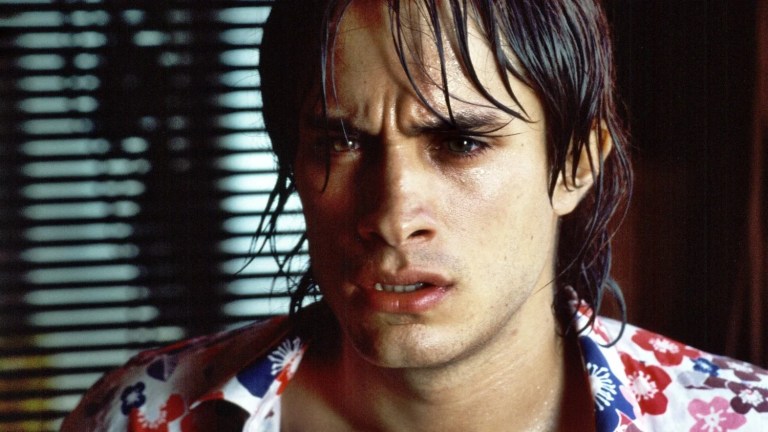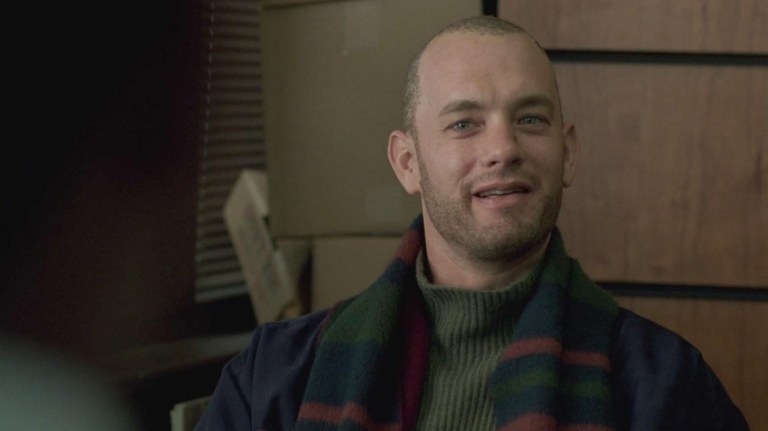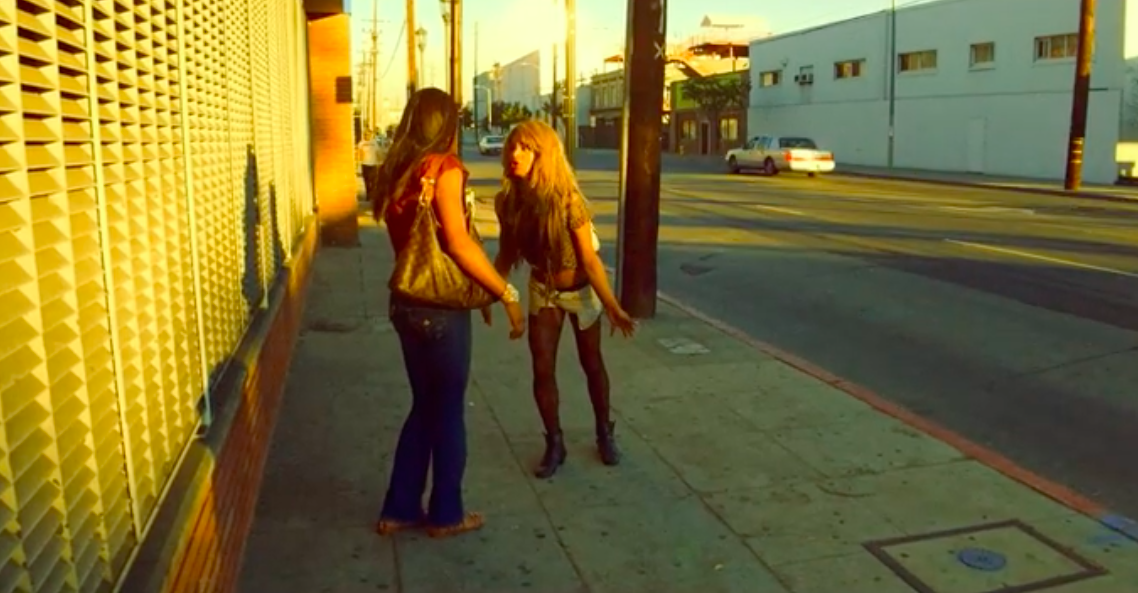
Here’s Why The Film ‘Tangerine’ Is An Example Of The Authenticity We Need In Hollywood
Watching 'Tangerine' is an immersive view of the uneasy part of Los Angeles wherein it’s set – no holding back.
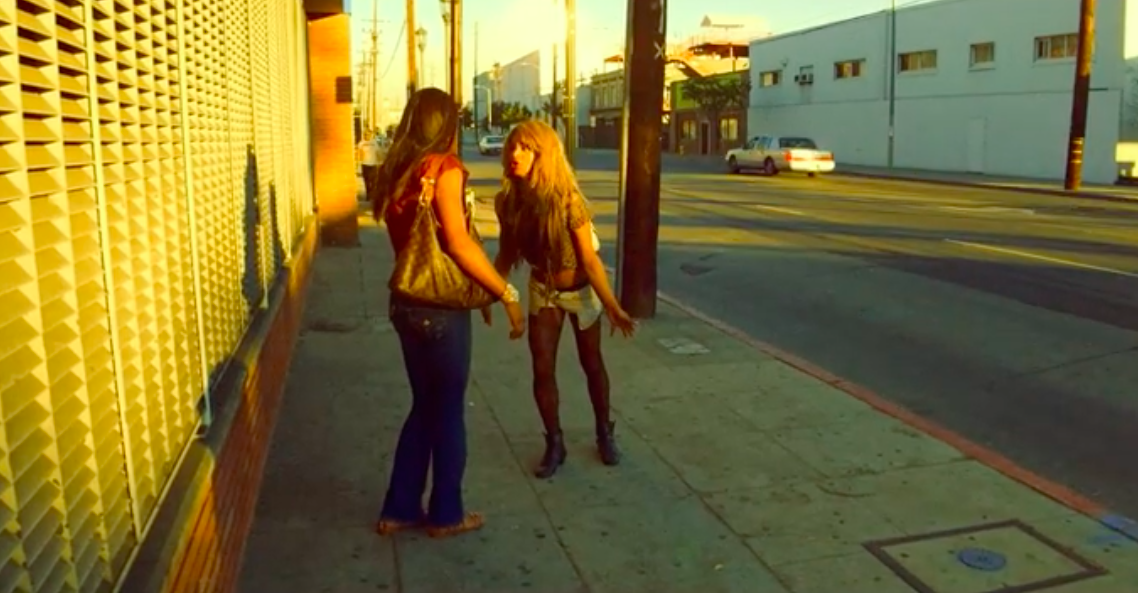
One of the most fascinating paradoxes in modern life is the role of the iPhone in our lives. Its features are limitless and innovative, yet they’re in our lives so much that we don’t treat them like a big deal. I’m amazed that a device with such extraordinary capabilities is so easily consumed and accessible. The possibilities of what one can do with an iPhone are practically infinite, but we still label the iPhone as a layman’s tool.
The everyman can kind of do whatever he wants to do with iPhones – so Sean Baker used his iPhone 5 to make a feature-length, award-winning movie.
That was probably the heaviest buzz I had heard surrounding Tangerine upon its release. People were going nuts over the fact that this movie was shot entirely on an iPhone. Now the independent film circuit had a completely different meaning to its name: ground had been broken, Sean Baker made a film entirely from his phone, and now it was anyone’s game.
Sometimes a film’s place in history can overshadow the quality of the film itself, and thank God that Tangerine is a really, really good movie. It’s essentially a madcap comedy about Sin-Dee Rella, a transgender sex worker, who has been released from jail only to find that her boyfriend and pimp, Chester, has been cheating on her with her coworker, Dinah. Meanwhile, Sin-Dee’s best friend, Alexandra (who is also a trans woman), is preparing a Christmas Eve concert in a club that she hopes will give her some admiration and respect. Sin-Dee’s and Alexandra’s plights will eventually intersect, and when they finally do, all hell breaks loose.
So, does it matter at all that this movie was filmed with an iPhone? On the surface, it sounds like a pretty simple screwball plot, so why is it important that Tangerine in particular was the first to be shot entirely on an iPhone? Honestly, I can think of no better way it could’ve been shot.
What makes Tangerine special is its authenticity, which trickles its way down to even the tool it was shot with.
As a whole, this movie is so real and so unromantic that it wouldn’t make sense to have studio-grade cameras planted as the scenes played out. Watching Tangerine is an immersive view of the uneasy part of Los Angeles wherein it’s set – no holding back. What gives the most authenticity to Tangerine, however, is its casting of actual transgender people. It shouldn’t be so remarkable that a movie about transgender characters features actual transgender people, but here I am today, praising this movie for its (distressingly) unique decision to do so.
Around two years have passed since this movie hit the scene, and such representation hasn’t been seen yet in a Hollywood picture (last month’s 3 Generations featured Elle Fanning playing a trans male, and Eddie Redmayne was nominated for an Oscar playing Lili Elbe in The Danish Girl). When I watch Tangerine, I see a depiction of the reality of characters with real life parallels. Even when acting in fictional roles, hearing actual transgender people talk about the struggles they face is much more resonant than a miscast cisgender actor doing the same thing.
Hollywood seems doing better with racial representation, and appears to have learned from whitewashed financial blunder Ghost in the Shell that a lack of appropriate representation won’t really rake in the big bucks; but as far as gender identity representation, we aren’t quite there yet. That’s why Tangerine is still being lauded today. It was a small release, but it has a passionate fanbase in ways that 3 Generations and The Danish Girl will never have. The push for appropriate media representation, especially for minority groups, is always going to be going on; but with films like Tangerine, we get closer to the right direction. ![]()
